What it is?
Renovation Is a finish according to European building standards. A vague concept includes the quality of work and the totality of certain building materials.
Today, the definition of the term may seem quite floating, because modern apartment renovation already involves the use of building materials from Europe and other parts of the world.
However, the term "renovation of apartments" originated in the early 1990s, when the USSR collapsed and imported goods poured into the country. And they, as you might guess, differed from the Soviet ones both in appearance and in quality: therefore, everyone dreamed of renovation.
On the picture living room with arches
The main signs
If you ask a designer and a builder what is a European-style apartment renovation, the answers will definitely be different. For finishers, the concept primarily means high quality floor, wall, ceiling decoration. That is: the surfaces are leveled for wallpaper or painting, they put tiles in the bathroom with the same gaps, choose laminate for the floor or high quality engineering board, etc.
Designers have a completely different opinion on this matter.: for them, Euro-finishing is primarily the style of 1990-2000. When people wanted everything at once, and the apartments were more like birthday cakes than living spaces. What the renovation necessarily included in the opinion of the designers:
- Tiered ceiling... Remember the interior of the 90s: this period can be called the heyday of drywall craftsmen. The more complex the pattern was on the ceiling and the more layers there were in it, the more beautiful the result seemed at that time.
- Decorative rock... In European-style repair, most often used "rocky" - heterogeneous neither in color, nor in size, nor in texture.
- Niche in the wall... If the vertical was not trimmed with stone, a niche was necessarily made in it! Or they built a partition with "windows" from scratch. Yes, all from the same beloved GKL.
- Bar counter... To have in the kitchen a high rounded worktop on a metal tube, and even with rotating baskets on top or bottom - that's what all the fashionistas of the late 20th century dreamed of.
- Wallpaper... As a rule, various panoramic views were involved in European renovations: New York, Paris. Often in black and white.
- Sophisticated curtains... The curtains looked "expensive and rich": often several decorations were used at once, in the form of lambrequins, swags, ties, chill molds.
- Warm shades... Mostly - sand, chocolate, coffee.
What is different from the usual?
The first step is to understand the terminology. The word "normal" should be understood 2 options:
- Redecorating... That is, the replacement of surface finishes in one room or the entire apartment.
- Major overhaul... Complete dismantling of the old, creation of a new one: including electrical wiring, plumbing communications, redevelopment.
Renovation, in turn, is more likely not about a list of works, but about style and technology.That is, as a capital one, the euro prefix assumes the alignment of the walls along the lighthouses, the floor screed, the renewal of water and electricity supply systems. As a cosmetic one, it speaks of the need to use modern high-quality materials.
Today, calling the construction crew and trusting them with a certain list of works, people expect high quality: be it stretching the ceiling, gluing wallpaper, installing doors or windows. There is no need to talk about European technologies: if customers are willing to pay a considerable price for the work of a master, they have the right to expect the proper result.
Therefore, if the term "renovation" is still used in advertising or description of benefits, this is done solely for marketing purposes and is aimed at the consumer, for whom the prefix euro is still an indicator of professionalism.
In the photo, a set of upholstered furniture
Differences between our renovation and repair in Europe
As can be understood from all of the above, renovation, as a phenomenon, is widespread only in the countries of the former Soviet Union. In Germany, Great Britain, Denmark, Switzerland and other European powers, they have not even heard of this term.
Moreover, the post-Soviet renovation describes exclusively post-Soviet apartments, with all the features of that time: niches, GKL ceilings, Jacuzzi in small bathrooms, artificial fireplaces, decorative stone or plaster. Repair in European countries is completely different: calm, discreet, minimalistic.
In the photo there is a combined balcony with a hall
What is the difference between a real European repair and a "fake" from the CIS:
- Minimalism in decoration... Complex ceiling structures, artificial niches, pseudo fireplaces - such a deliberate demonstration of the high cost in European houses is not welcome.
- Saving... The manifestation of minimalism is partly the same: for example, it is customary to decorate exclusively wet areas with expensive tiles in the bathroom. The rest of the walls are simply painted with a suitable paintwork material.
- Naturalness... Europeans are extremely reluctant to use imitations: brick walls mainly found in the interiors of brick houses. And wooden trim elements or furniture are really made of wood, and not cheap laminate and chipboard.
In the photo, a complex ceiling made of gypsum board
What does it look like in the interior?
Changes after the end of the European-style renovation, especially if the finishing was carried out after the use of Soviet materials, were immediately noticeable. How could you recognize an apartment with a fashionable European finish:
- Hallway... The theater begins with a coat rack, an apartment - with a strong anti-vandal door. Previously, there were 2 of them - iron and wood, European trends allowed leaving only one. Mezzanine or pantries in Khrushchev, brezhnevkas were often dismantled, replacing them with brand new cabinets.
- Kitchen... Double-row set of any shade, often with radial facades. Built-in appliances (stoves, refrigerators, ovens) appeared for the first time in Euro-kitchens. Dinner Zone - bar counter with high chairs, or a table with a sofa.
In the photo renovation in classic style
- Living room... The main accent is a large sofa. The wealthiest ordered upholstered furniture in leather upholstery. The familiar Soviet wall was replaced with illuminated niches, the TV was hung right on the wall... Rarely, a low cabinet or "slide" played the role of a storage area and a TV stand. Crowned by an eclectic design tiered ceiling.
- Bedroom... An obligatory attribute is rich heavy curtains. Beds are wooden or laminated chipboard with carved headboards complex shape. If there was enough space, they put closet, mirrored sliding doors were considered special chic.
On the picture wallpaper in the kitchen
If renovation means quality for you, today it can be performed by any professional team. For adherents of the visual style, designers recommend leaving a few of the most beloved elements, and making the main part more neutral: such a design will never go out of fashion.

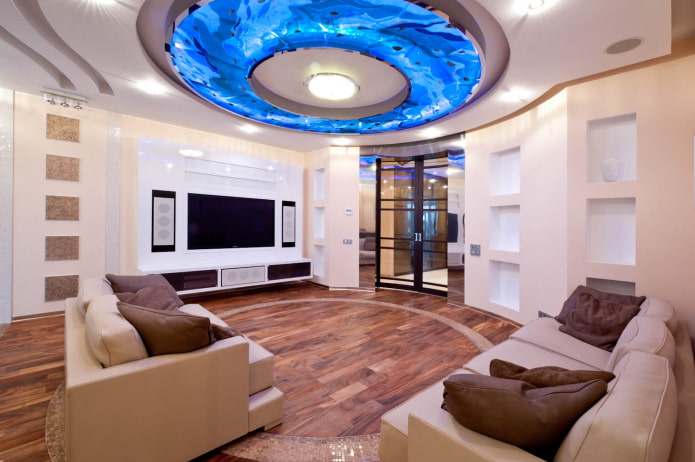
 10 practical tips for arranging a small kitchen in the country
10 practical tips for arranging a small kitchen in the country
 12 simple ideas for a small garden that will make it visually spacious
12 simple ideas for a small garden that will make it visually spacious
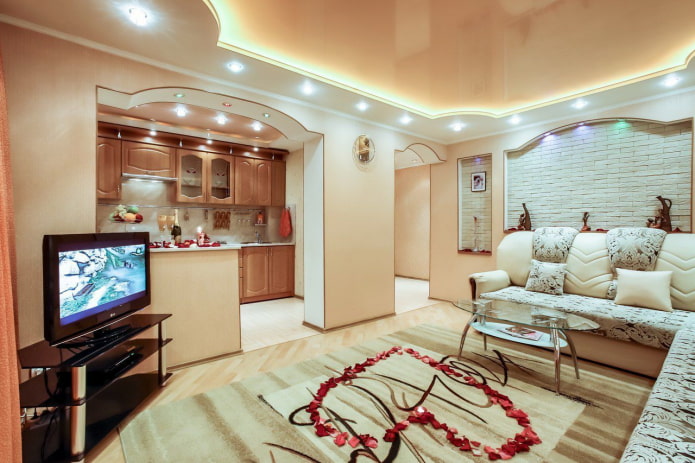
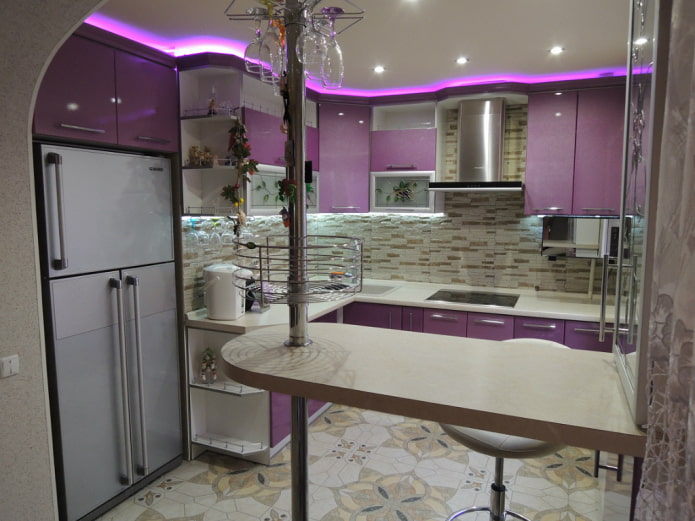
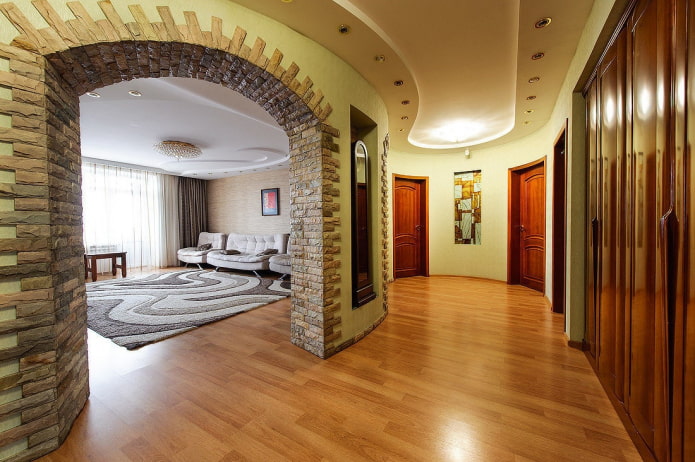
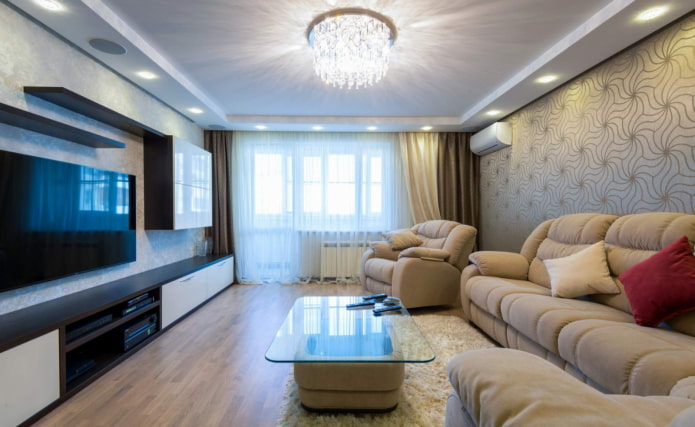
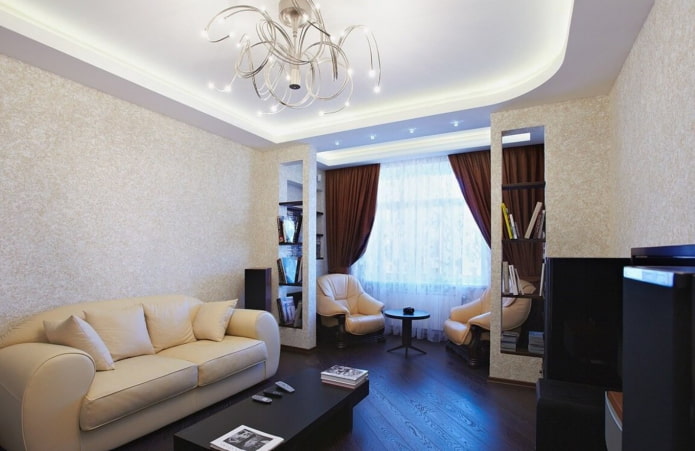

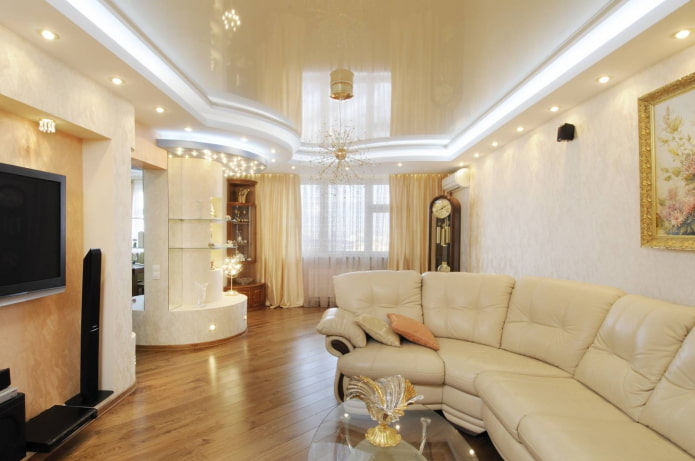

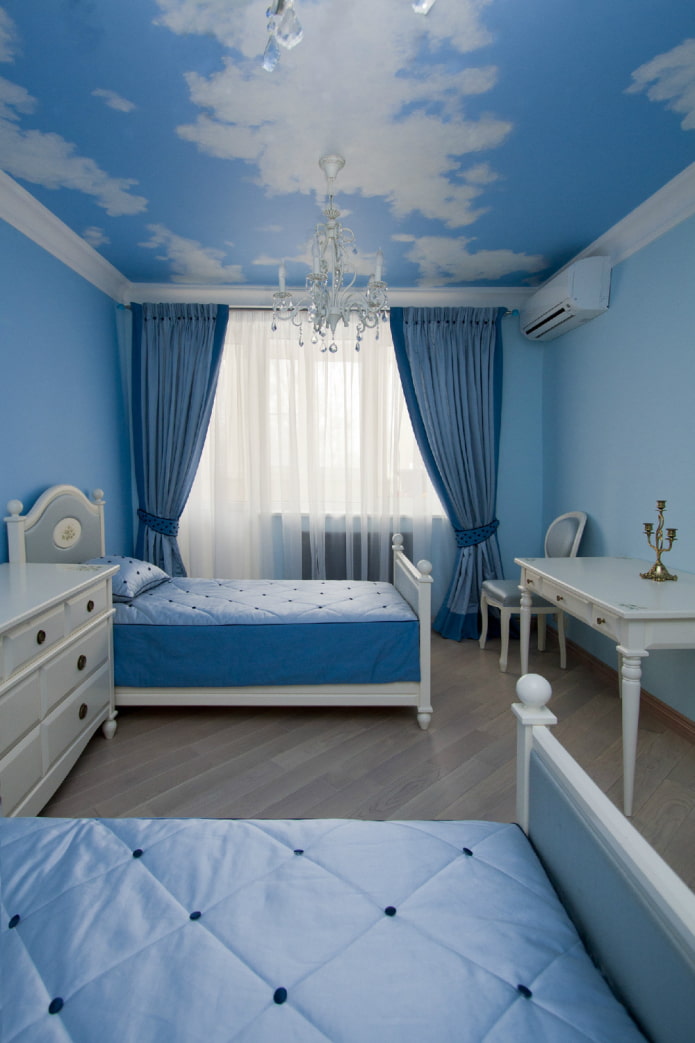

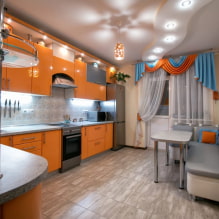
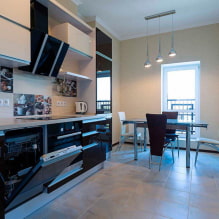

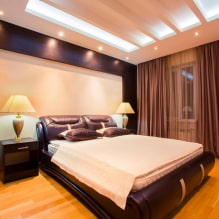
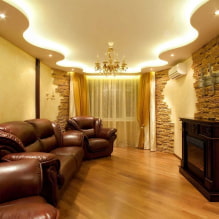
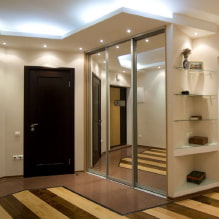
 What is better not to do it yourself during the repair?
What is better not to do it yourself during the repair? Bloated linoleum: how to fix it without disassembly
Bloated linoleum: how to fix it without disassembly The worst decisions in apartment renovation
The worst decisions in apartment renovation  Installation of ceiling tiles: choice of materials, preparation, order of work
Installation of ceiling tiles: choice of materials, preparation, order of work How to glue a ceiling plinth to a stretch ceiling?
How to glue a ceiling plinth to a stretch ceiling? Ceiling plinth for stretch ceiling: types, recommendations for selection
Ceiling plinth for stretch ceiling: types, recommendations for selection